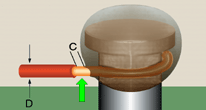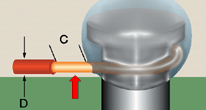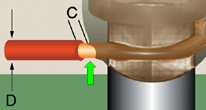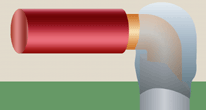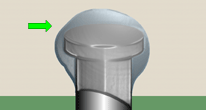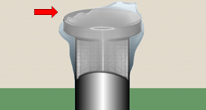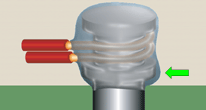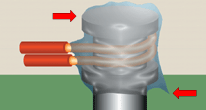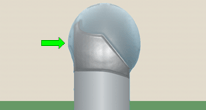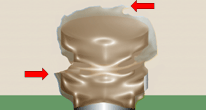HIGH VOLTAGE TERMINATIONS
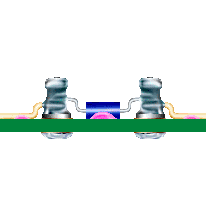
High-voltage terminations, where coronal suppression is necessary, will require special design. All aspects of the soldered joints shall be covered by smooth fillets, free of discontinuities or severe change in surface contour (i.e. sharp edges, points, angles, etc.).
See Section 6.01 "Through-Hole Soldering, General Requirements", for common accept/reject criteria.
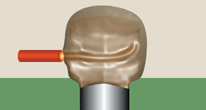
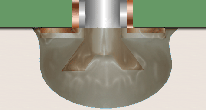
PREFERRED
The solder connection has a completely rounded, continuous and smooth profile. No evidence of sharp edges, points, icicles, inclusions (foreign material) or wire strands. Insulation clearance is as close to the solder connection as possible without embedment.
NASA-STD-8739.3 [10.3]
PREFERRED
FLARED FLANGE (TERMINAL)
All edges of the terminal flange are completely covered with a continuous, smooth layer of solder to form a solder ball. The balled connection does not exceed specified height requirements.
Best Workmanship Practice
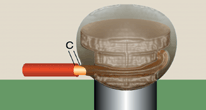
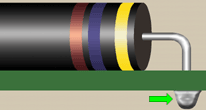
PREFERRED
INSULATION CLEARANCE
The insulation gap is minimal, with the insulation as close to the solder connection as practical without embedment or damage.
NASA-STD-8739.3 [9.1.1]
PREFERRED
THROUGH HOLE TERMINATION
All sharp edges of the component lead end are completely covered with a continuous, smooth, rounded layer of solder to form a solder ball. The balled connection does not exceed specified height requirements.
Best Workmanship Practice

